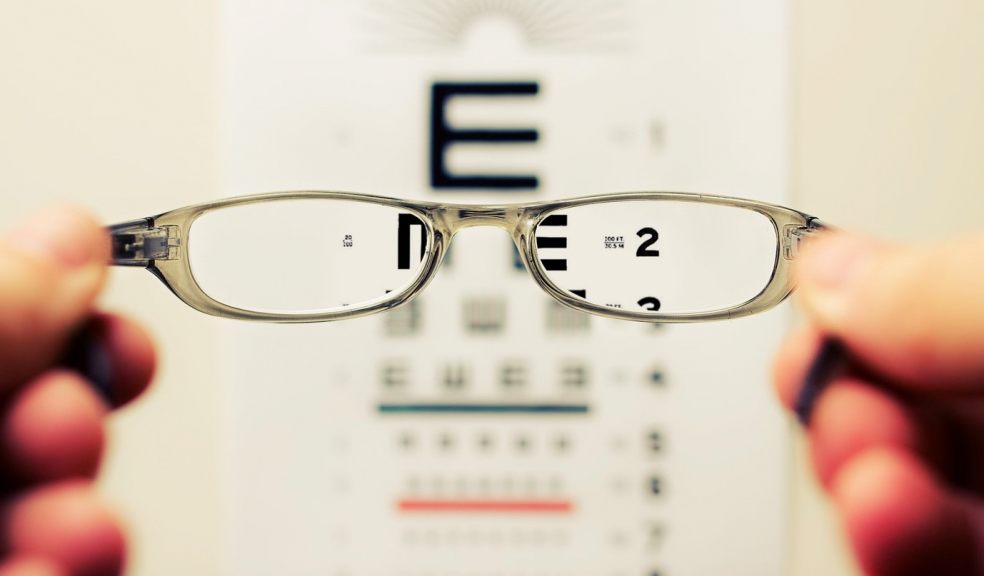
Low Vision Awareness Month: The Common Causes of Low Vision and How to Avoid Them
With February marking Low Vision Awareness Month, as well as Valentine’s Day, vision specialist Essilor is encouraging people to show their eyes some love with some proactive steps to prevent low vision.
More than two million people in the UK are estimated to be living with some form of sight loss and it is predicted by 2050 this could double to four million1.
Whilst many common eye complaints can be cured or corrected, low vision (or significant vision impairment) is more serious and can have a huge impact on people’s day to day lives. Understanding more about the common causes of low vision and how to avoid them can help to protect your health and eyesight for years to come.
Low vision is a term used to describe significant visual impairment which cannot be fully corrected with lenses or surgery. Whilst age can be a key factor, some other common causes include macular degeneration, glaucoma, cataracts and diabetes.
It is important to remember that if spotted early, surgery and lifestyle changes can play a crucial role in halting or slowing the progress of these conditions so it is imperative that you pay close attention to your eyesight and never ignore any changes or issues.
Age related macular degeneration is a disease that impacts the retina and causes spots, blurry or uneven vision in the centre of the eye. If left untreated, this vision impairment can significantly impact on your day-to-day life. Macular degeneration is more common in people with a family history of this condition, over 55 and smoking and high blood pressure can also make you more susceptible.
Glaucoma is a sign of damage to the optic nerve which can result in low vision or even blindness – this starts with sight loss at the sides of their eyes. Glaucoma can be hard to detect until vision loss has begun and the condition is irreversible. Regular eye examinations are an essential way to detect glaucoma early and arrange treatment or surgery to stop the progression. High blood pressure is also a risk factor, as is family history of the disease – both things to bear in mind as you get older.
Whilst it is commonly known that diabetes can increase your risk of developing an eye condition, you may not be aware that some vision complaints are directly linked to the disease. Diabetic retinopathy causes damage to the retina and is one of the most common causes of blindness in adults. Like other eye conditions, diabetic retinopathy can go undetected until permanent damage occurs. If you have diabetes you should have regular eye examinations and screening to detect any issues early.
My advice to anybody who has neglected their eyes over the past 12 months or so is that it is never too late.
As a minimum, three key ways to help to keep eyes healthy include:
#1 A healthy diet, cutting down on alcohol, stopping smoking and exercising regularly will all help to support your vision.
#2 If you’re using a screen a lot more than usual remember to take regular breaks to avoid strain.
#3 But one of the most crucial things is not to miss your eye appointments because of the pandemic. Opticians are open and operating in a Covid-secure way. You also might be able to have an initial phone consultation to discuss any worries.
And for people who are living with low vision there are many advances in technology that can help manage the condition day-to-today. Wearable assistive technology devices, such as the OrCam MyEye 2, provide a mobile visual aid that can be used discreetly by attaching to your glasses.
The technology can help to read text, identify a product, recognise a familiar face, tell the time or detect colour with ease.
For more information visit https://www.essilor.co.uk/













